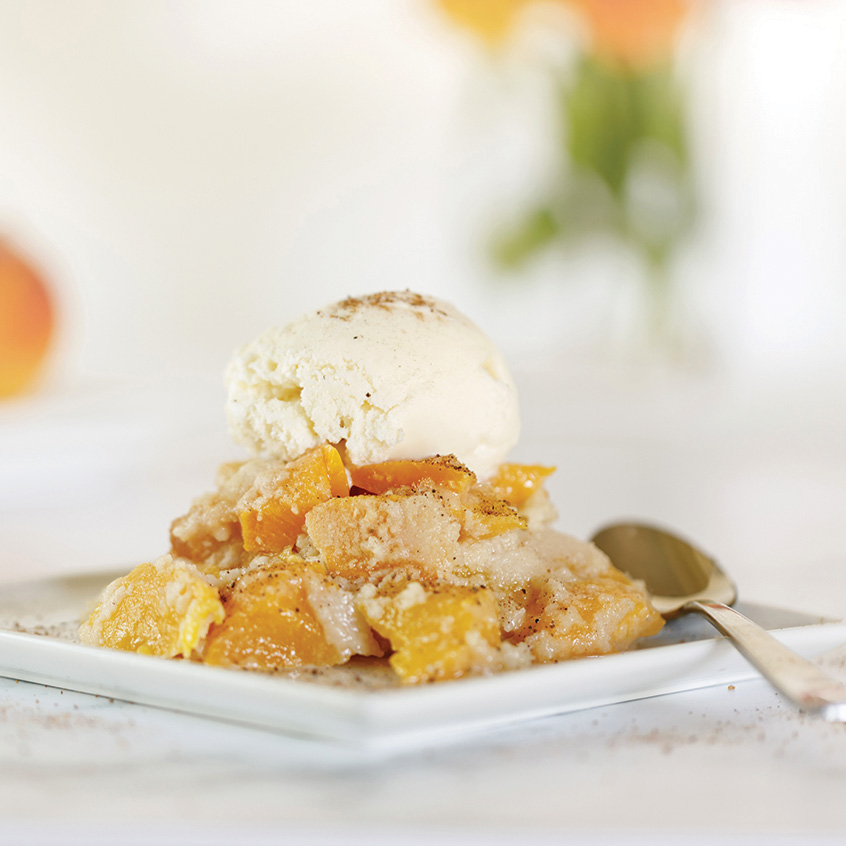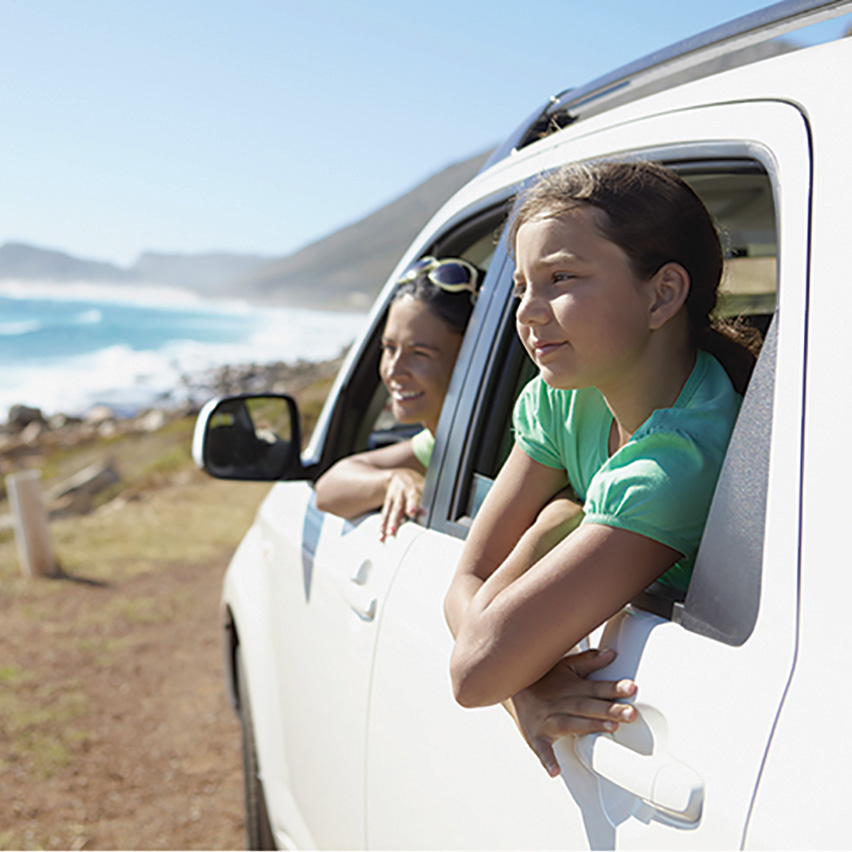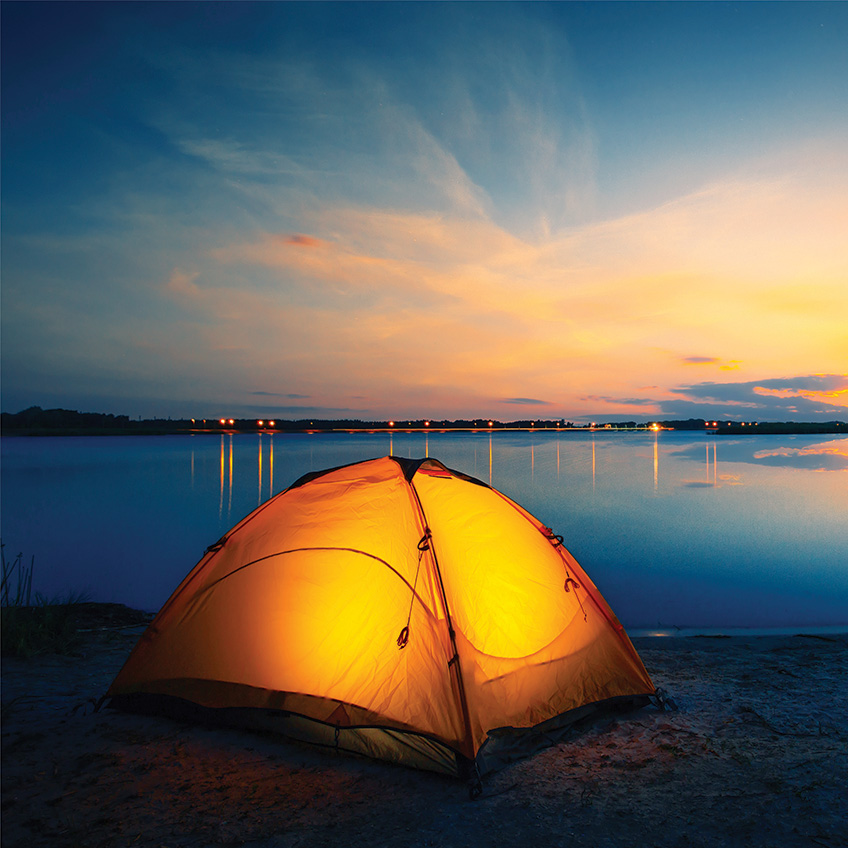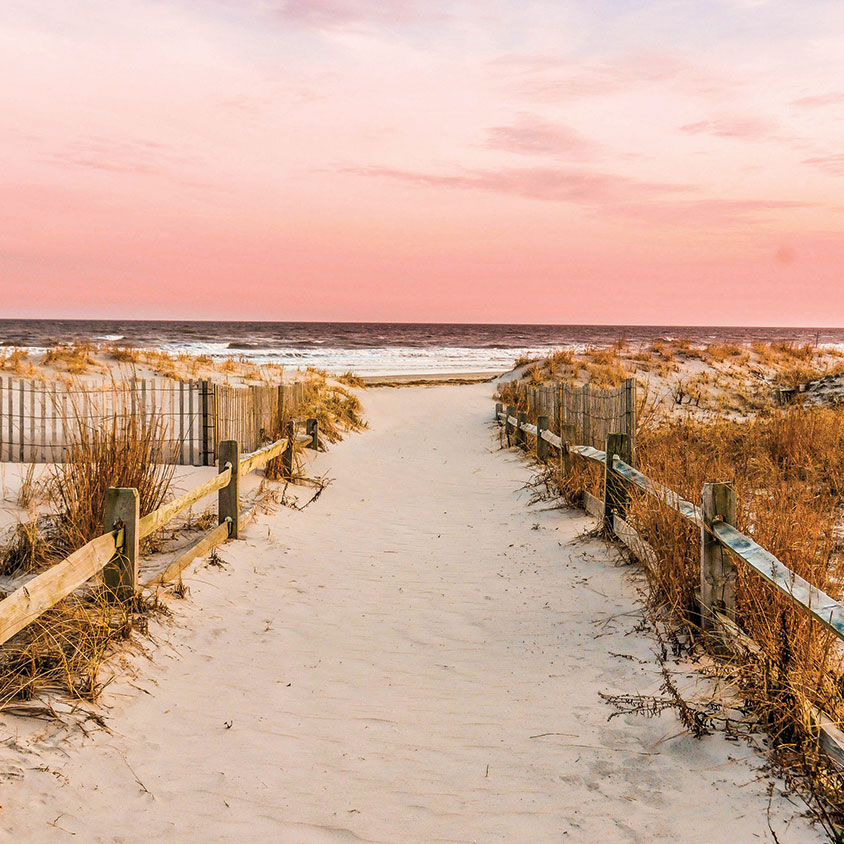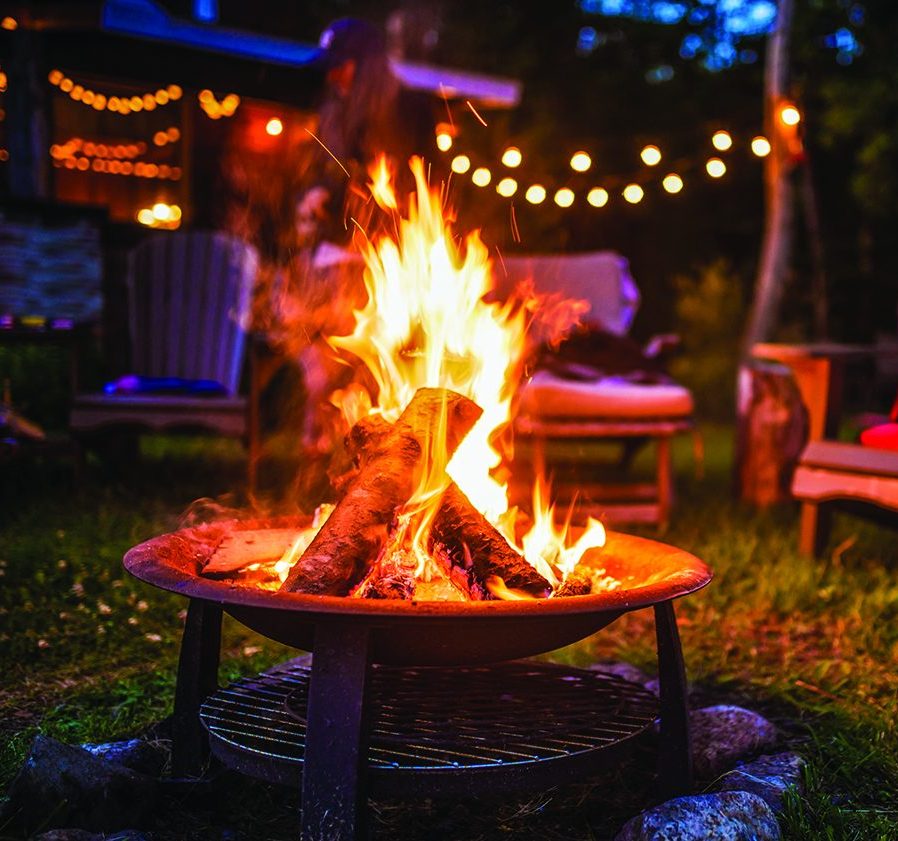Summertime is all about enjoyment, whether that means taking a vacation, spending time on the beach or enjoying the company of family and friends at parties and on patios.
With so many fun things to do, who wants to stay cooped up indoors with housework and a to-do list? Make sure you’re able to take advantage of everything the season has to offer with these tips that can help you spend more time under the sun.
Avoid shopping on weekends. If you work a typical nine-to-five schedule, you probably do your grocery shopping and home renovation store visits on the weekend because it’s when you have more time on your hands. Since that’s true for most people, you’ll face longer trips and more crowded spaces. Try to carve out some time on a weekday evening, especially Monday or Tuesday, and you’ll free up precious weekend time and avoid long lines.
Simplify meal prep. Don’t sacrifice eating healthy, nutritious food when you’re pressed for time. Instead, look for low- or no-prep meal options like Mann’s Nourish Bowls at the grocery store. These ready-to-eat single-serve meals feature superfood veggies like sweet potato, kohlrabi and kale. Developed by chefs, the bowls are ready in just a couple of minutes in your microwave. Serve as a standalone meal or as a base with your favorite protein.
Clean as you go. When it comes to keeping your home clean and organized, it pays to do a little bit at a time rather than spend a whole day or weekend on chores. Wipe down your shower after each use to avoid the build-up of mold and mildew. Dust surfaces in your closet regularly to keep items and clothes clean longer, and wipe kitchen surfaces while cooking. Regular maintenance goes a long way towards keeping your home tidy and ready for spur-of-the-moment summer gatherings.


